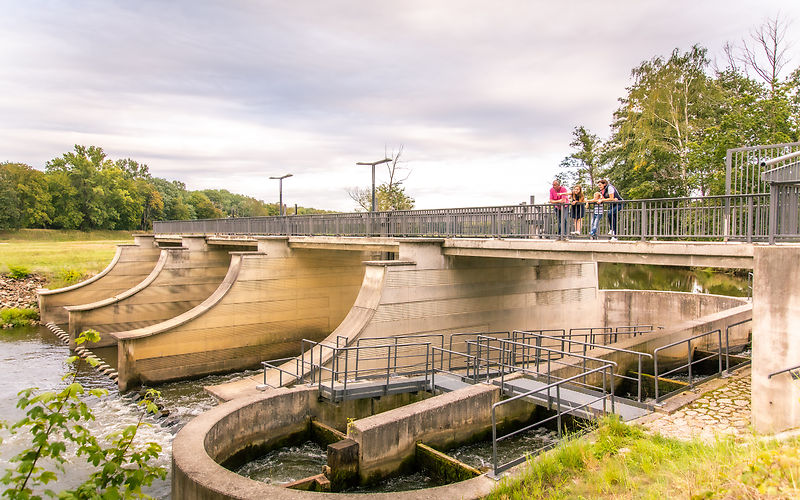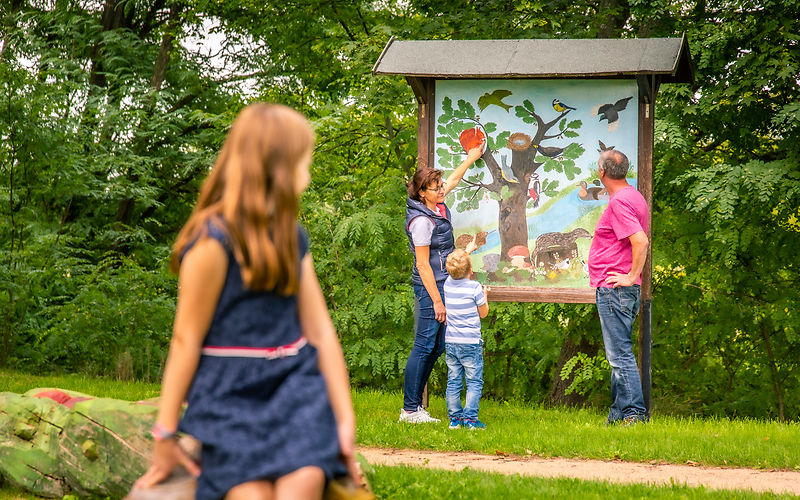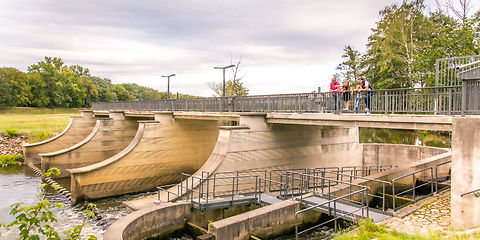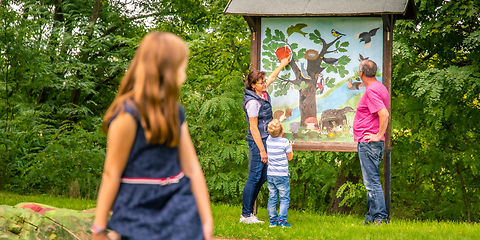Brushwood weir island
A visit to the smallest area of the park promises pure beauty and tranquillity. Here on the Reisigwehrinsel, the guest can enjoy the quiet of virtually untouched nature along conjunction with extraordinary wooden sculptures from various art symposia.
The island is formed by the Neisse River and the Mühlgraben (Mill ditch) and is surrounded by a system of weirs.
Roses are at home here too.
Explore the Brushwood Weir Island
We warmly recommend the park guide for those wishing to take in the park’s diverse features and areas under their own steam. It is available at the ticket offices as a brochure, or as an audio guide.
Twenty themed stations installed around the park complex allow visitors to gradually explore the historical site and gain fascinating insights and background information along the way.
Read about the Brushwood Weir Island at Stations 18–20:








